Contemporary styles
It is impossible to fit the current interior into one single style - today it is in trend as industrial concrete ceilingsand shabby vintage items. We have selected 15 of the most popular styles of our time.
Minimalism
The main style characteristics: brevity, restraint, simplicity. The color palette is basic. The furniture is simple and functional. Correct geometric shapes and lines can be traced in everything: decoration, furniture, decor. The latter, by the way, is not much in the interior: a couple of significant gizmos for a room will be enough.
There are no requirements for materials in decoration and furniture - both natural (wood, stone) and artificial (plastic, chipboard) are suitable. Finishing acts as a "canvas", therefore, preference is given to a light tone with a simple texture - smooth painted walls look best.
Scandinavian
Although scandi is based on the same brevity and functionality, unlike the previous one, it is decorative. Candles, baskets, beautiful dishes, posters and pictures, and most importantly - live plants: there should be a lot of these elements in the interior of all rooms.
To understand how to decorate an interior in a Scandinavian style, the climate in his homeland should be analyzed: calm, cool summer, severe winter, cloudy days are much more than sunny. Hence the desire for large windows and open spaces (let in as much light as possible), as well as home comfortconsisting of textiles, heat (stove, fireplace. candles), decor.
Loft
Industrial style - this is primarily about the texture. The style originated during the Great Depression, when poor creative youth rented premises of former factories instead of apartments - it was cheaper. Leave naked brick walls and a concrete ceiling, not covering huge windows, not building partitions - it was also more economical.
This is where Key Features: bare walls, open plan, external communications. The loft combines the industry of the room with the comfort of home: a soft sofa, carpet, paintings.
Furniture was usually purchased second-hand - therefore, there are no restrictions on the choice. The living room can be decorated as shabby leather chesterand a velvet soft sofa.
Contemporary
One of the mixed modern trends combines the principles of minimalism (functionality, simplicity), classics, hi-tech, art deco and even country. The functional approach is evident in thoughtful embedded storage systems. Laconicism - in the basic finish. In contemporary it is customary to leave the walls plain, although one of the surfaces may be accent - pasted over with bright wallpaper.
But main characteristic, yet - modernity. The style does not need to be recreated or imitated, on the contrary - it skillfully combines random objects that you liked during shopping.
Eco
The struggle to preserve natural resources, protect the environment and the desire of man to escape from the stone jungle led to the emergence eco-friendly style... Features of eco-interiors are based on just three the above postulates:
- a minimum of furniture, decor (conservation of resources);
- abundant landscaping (striving for nature);
- use of renewable, degradable materials (environmental protection).
Basic furnishing element - wood. In the form of indoor plants, solid wood furniture, decor, decoration. Landscaping is done not only with potted plants, but also vertical structures - walls, panels.
High tech
Ultra-modern interior designcombining minimalism with the latest technology. It is in the latter that the main difference in style: the use of the "Smart Home" system, well-thought-out lighting scenarios, technical innovations to simplify the organization of everyday life.
For example, without a robot vacuum cleaner or dishwasher controlled from the remote control, it is impossible to imagine high-tech house.
As for the visual part - dominated by basic neutral shades, straight clear lines... Plastic, metal, glass are actively used in decoration and furniture.
Neoclassic
If the classic, which we will talk about in the next section, is a logical laconic reincarnation of the Empire and Baroque, then neoclassicism - an even more modest continuation of the classics.
On the one hand, there is still the same elegant furniture, chic chandeliers, rich decor, decoration using stucco... On the other hand, all the elements look simplistic, minimalistic - which is what the rhythm of life of a modern person requires.
The main advantage of neoclassicism - independence from the era. The timeless interior will remain relevant for years to come.
Japandi
In 2021 japanordik became a real sensation: the combination of the Japanese philosophy of wabi-sabi with the already familiar Scandinavian approach to coziness produced the effect of an exploding bomb.
The main features of japandi: the use of natural materials (mainly wood, rattan, jute), a natural palette (not only white and gray, but also beige, green, blue, yellow), rejection of excesses (minimal decor, functional furniture). Ready-made spaces are cozy, light, thoughtful, well-ordered.
Retro
Strange as it may seem, but stylization under the significant epochs of the 20th century is considered modern. The appearance of the interior depends on the decade for which the space is designed:
- 50s - chrome, plain finishes, bright furniture of simple shapes.
- 60s - unexpected color combinations, active floral, geometric prints.
- 70s - prints move to the walls, furniture becomes more diverse: coffee tables, sideboards, bars.
- 80s - interiors are becoming more restrained, shades - natural. Furniture with thin legs is in trend.
Vintage
The main difference vintage design from retro - vintage items must be made in the era that you want to recreate. Retro furniture and decor, in turn, can be imitated.
Modern style does not mean total immersion - vintage details are simply added to the existing interior. For example, you can put an old sideboard in the kitchen or a great-grandmother's chest in the bedroom.
Kitsch
This unusual style can be called "anti-classic". In a kitsch interior, glamor is mixed with absurdity and spiced with surrealism. Bold color combinations, the use of non-standard furniture and decor: no rules and frameworks, only creativity!
Although the term "kitsch" itself is translated from German as "bad taste", the interior must be decorated competently: otherwise, instead of a creative living room, you risk getting a dump of absolutely inappropriate things.
The final picture resembles the canvases of Salvador Dali, Pablo Picasso: although it looks incomprehensible, at first glance the ingenious idea of the author is visible.
Boho
Boho or boho-chic is associated with the hippie movement by many: the style is as anarchic and even a little chaotic, like the children of flowers themselves. Today boho style interiors prefer creative individuals: surrounded by many original and homemade things, only they feel really comfortable.
Boho is a decorative style. The first thing you notice when entering a room is textiles. Pillows, blankets, blankets, carpets, macrame - it is advisable to do everything with your own hands or order from hand-made masters. Ethnic plaque is given by prints on fabrics, paintings, decor from different countries of the world.
Shabby chic
One of the ways to personalize the interior is to arrange it in the style of shabby classics... For this are based on antique interior items: they are restored, while leaving a raid of shabby. It is the latter that allows you to create not a prim classic vintage, but a comfortable environment for life.
The colors of the style are pastel, based on a combination of white, cream, pink, mint. A popular pattern is floral. Restorers often use decoupage and patination techniques.
Country
Rustic styles differ from country to country, but they are based on the same features:
- the use of wood in furniture, decoration;
- the presence of cozy textiles;
- natural palette.
Unlike most modern trends, country design does not use plastic, glass, chrome, steel, stretch ceilings. The decor should be as simple as possible, rural, but at the same time comfortable and cozy.
Nautical
The TOP-5 associations with vacation necessarily include the sea: why not use this knowledge to create your ideal interior? Key Features style is to imitate a beach house and use materials related to the marine theme.
Finishes: light wood, shades of sand, aqua, blue and white stripes, red accents. Decor: seashells or stars, sailing theme: steering wheels, boats, oars, portholes, chests, anchors.
Historical styles
Such styles in the interior are understood as directions, the origin of which took place by itself under the influence of various historical events. Consider in order of appearance:
Baroque
The beginning of the 17th century is the flourishing of royal interiors. Baroque style in the interior luxurious: it is distinguished by lush decor, a wide range of dimensions of the premises, a desire for greatness. Wealth was literally on display, hence the abundance of gilding, stucco molding, furniture made of valuable wood species, hand-painted paintings, frescoes.
In modern conditions, the baroque seems too pretentious: moreover, it is impossible to beat it in an ordinary apartment: the palace style requires a suitable space.
Classicism
Contrary to the overly simulated baroque, in the early 1600s, a classic trend in design appears: it affects not only the interior, but also painting, music, architecture.
Classics it is distinguished by the severity of forms, symmetry, functionality. Although signs of the Baroque, such as high ceilings, expensive materials and chic decor, are still preserved, classicism is more about grandeur than pretense.
Nowadays, this direction is traditional. It still strives for antiquity and does not follow fashion. Suitable for those who value the combination of luxury and comfort.
Colonial
Around the same time when classicism was born, the conquerors created a completely new direction in the European colonies, adding oriental, African notes to the traditional design.
So wicker furniture appeared in the interiors of living rooms, in the bedroom canopy over the bed, in kitchens - carved facades. Decorations take a special place: palms in tubs, African masks, oriental carpets, colorful pillows.
Empire style
Another original French style, the peak of its popularity came in 1803-1827. It looks like a symbiosis of classics and baroque: Empire style distinguishes monumentality and splendor, while he does not neglect classical symmetry, sophistication.
Expensive materials are used for repairs: natural stone, mahogany. The upholstery contains silk and brocade.Gold in all its forms resonates with rich colors: burgundy, indigo, cherry.
Modern
The Industrial Revolution in the 80s of the XIX century put a logical end to the Baroque and Empire, giving rise to an extensive direction in architecture and design. The development of mass production already made it possible to use cheaper elements without overpaying for manual labor.
And the change in thinking in society forced us to abandon the deliberate imperial styles and come up with something new: this is how smooth lines, asymmetry and others appeared. features of modern interiors.
Art Nouveau
Translated from French, the name of this branch of Art Nouveau means "new art". Although it is difficult to name absolutely new Art Nouveau, especially the initial one: many features were borrowed from various previous eras.
The main difference the smoothness of lines, the presence of natural motives became: tree branches, flowers, leaves, butterflies are found in the decor of furniture, walls, doors, windows.
Bauhaus
A trend completely different from French sophistication originated in 1919 in Germany. Instead of smooth lines, here are straight and clear, instead of beauty - functionality, instead of sophistication - practicality.
Exactly at bauhaus style for the first time, the mass production of interior items appeared: from the iconic Barcelona chair by designer Ludwig Mies van der Rohe, to the fancy teapot or the classic clock invented by Marianne Brandt.
Art deco
The last word still remained with Paris, which, as an alternative to the crude German Bauhaus in 1920, presented sophisticated art deco.
IN contrast to art nouveau there are no plant motifs left here: the basis of the style is geometry in various forms. However, from nature in all its glory, the designers did not refuse: animal and plant prints are often used in interiors.
The second fundamental point - an abundance of glass and metal, the main surfaces in Art Deco are reflective. One of the iconic style items, still popular today, is a sun mirror in a round frame with rays.
Ethnic styles
The culture of each ethnic group has its own distinctive features: this is expressed in painting, literature, traditional food and, of course, home decoration.
English
England is famous for its traditions and interior style is no exception. The traditional style of the British, known in our time, was formed in the 19th century. Although the origins of the direction dates back to the XVI-XVII centuries, falling on the heyday of the Victorian era.
Interiors are as stiff and discreet as their owners... The main material is considered wood - it is used to create furniture, in the design of walls, floors, ceilings. A small floral print is also popular in upholstery or decoration: it can also be traced in textiles (curtains, pillows).
French (Provence)
Although the French are the founders of many styles, the image of the French village is most associated with their life - provence... It acquires unique lightness due to light shades (white, beige, pastel), floral prints, cute decor.
As in any rural interior, there is a lot of wood in provence: but not in a natural "heavy" shade, but as light as possible - mostly white. Furniture, like in a shabby, has the right to be shabby: the marks of time make the space more comfortable and homely.
Mediterranean
Every bit Mediterranean interior saturated with salty air, hot sun, warm sea water. So many countries have access to the sea, the style is divided into European (Greece, Spain, Italy) and eastern (Tunisia, Algeria, Turkey). The directions differ radically, but in the classical sense, the Mediterranean style is European.
The color scheme is light (white, blue, sand, with blue, red details). the main objective - to make the space bright, to give the sun the opportunity to penetrate inside the house. For this, the walls and ceiling are left in white colors - this color reflects and doubles the flow of sunlight.
Japanese
The houses of the Japanese are reminiscent of their owners: structured, clean, functional. Minimalism is inherent in the style - natural discreet shades, a small amount of simple furniture.
Furniture stands out primarily for its height.: The Japanese prefer low tables, at which they sit on the same low chairs or pillows. You can skip the bed altogether by placing the mattress directly on the floor.
Second feature - unity with nature. The desire to be closer is expressed in the presence of doors from the apartment or house directly to the garden, as well as in the cultivation of bonsai and other flowers.
Chinese
Although Japanese and Chinese styles are oriental, there is a huge difference between them. First nuance, immediately distinguishing the Chinese house from the list of others - wooden lattices. Walls, furniture, ceilings, lamps, doors, windows are decorated with wood patterns.
Second sign — Red light... The Chinese believe that it brings good luck, therefore they are actively used in their interiors.
Third point - ceiling. In China, they are traditionally made multilevelusing luminous panels or perimeter lighting.
African
Certain elements of the style were actively used in the colonial direction, but the interiors in the African style are good in and of themselves. Shades - warm, natural muted: yellow, orange, red, green, beige. Black and brown are used for accents.
Wicker furniture, bamboo, animal prints and drawings are relevant. Masks, drums, idols, chests, ceramics are used for decoration.
Indian
As bright as the country itself, so colorful are its interiors. Indian design is characterized by the use of bright shades of yellow, red, terracotta, blue, green, combined with wood texture and oriental prints.
Traditional patterns are considered "cucumbers", symmetrical mandalas, flowers and birds: patterns are used on wallpaper, in upholstery, in textiles. The latter, by the way, should be a lot: especially decorative pillows.
In addition to pillows, houses are decorated carpets, Buddhist figurines, chests, carved screens, comfortable poufs.
Russian
As in France, the rustic style is considered to be the most visual style in Russia. Differences of Russian country can be traced in paintings, films, cartoons: wood-burning stove, wooden walls, carved shutters, embroidered or lace textiles (tablecloths, curtains, towels), homespun carpets.
The color palette is warm: yellow, orange, red goes well with natural wood.
Mixed styles
Few interiors today can be called "clean": in the course of history, styles are mixed in one way or another, adopt features from each other, and form new directions. For example, the japandi discussed in the first section combines the characteristics of Nordic and Japanese design.
But there are also directions that combine many styles at once:
Eclecticism
main feature eclectic interior - it can be different. Combine designs that are both close in spirit and opposite. For example, a mix of Asian and European, vintage and trendy. At the same time, the mixing does not occur chaotically.
All elements have a certain criterion by which they are combined: color, texture, style.
To avoid fragmentation and not spoil the idea, designers advise taking a maximum of 3 styles and 4 colors as a basis: this way each element will be in its place.
Fusion
From English, the term is translated as fusion, which best describes his philosophy. The style originated in the 90s of the XX century under the influence of globalization: it can be called a logical continuation of the colonial direction. At this moment, exotic oriental, African elements poured into the familiar European, American interiors.
The main rule fusion - no rules! The ready-made spaces are multi-layered, bright, ambiguous: they do not combine styles, as in eclecticism, but individual elements.For example, a carved baroque armchair easily coexists with a modern frameless sofa and a trendy coffee table.
We have analyzed, if not all, but the most relevant design directions today. Use the styles in their pure form or combine with each other: the main thing is to be comfortable for you!

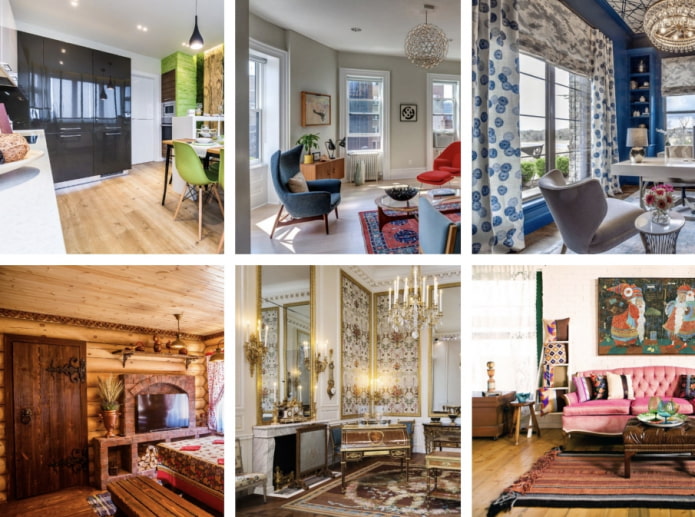
 10 practical tips for arranging a small kitchen in the country
10 practical tips for arranging a small kitchen in the country
 12 simple ideas for a small garden that will make it visually spacious
12 simple ideas for a small garden that will make it visually spacious
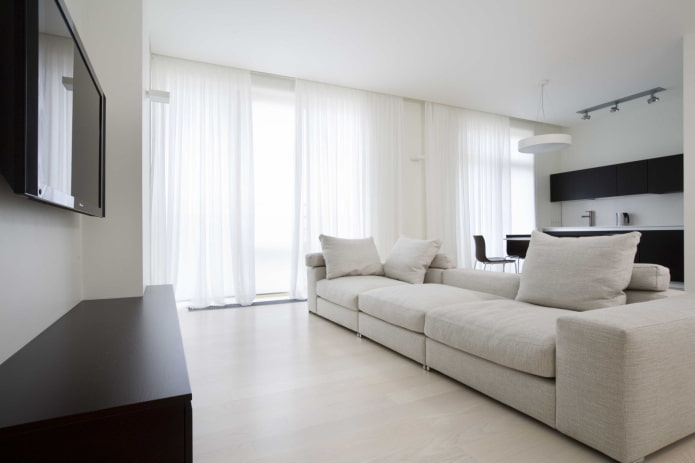

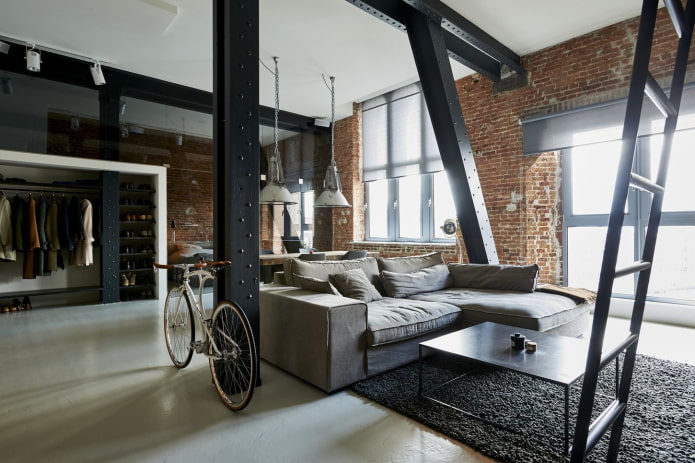
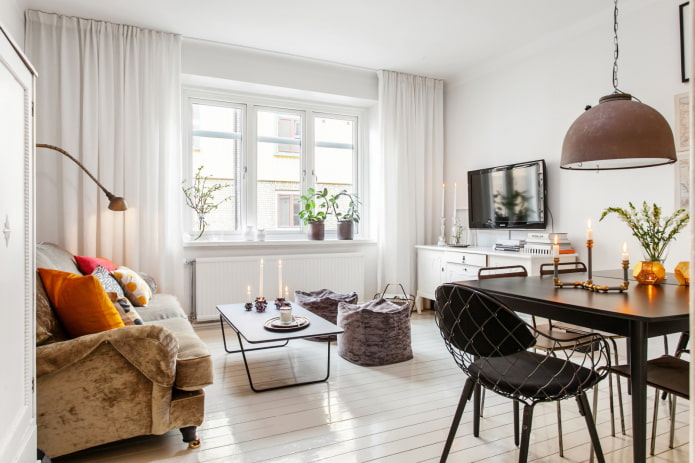
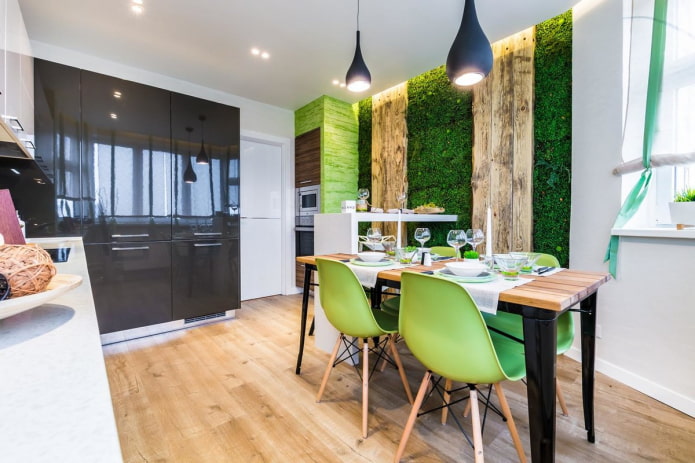

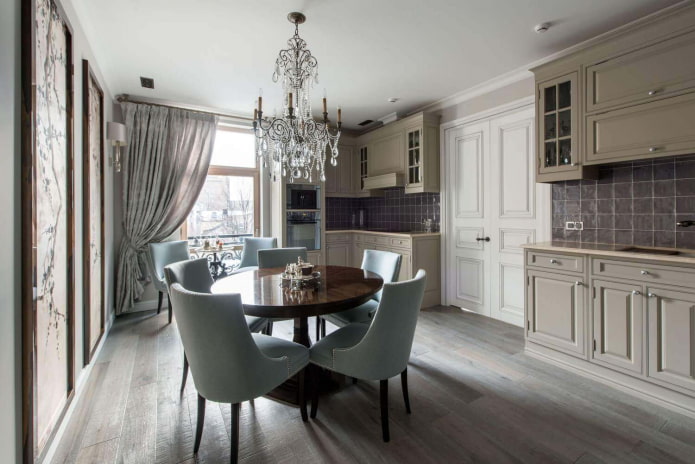
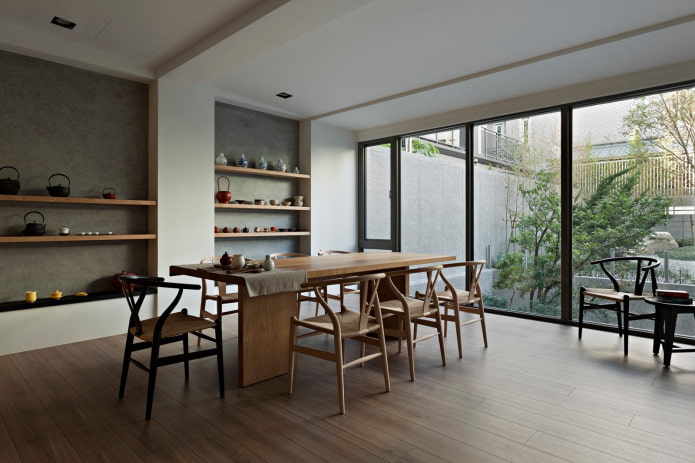
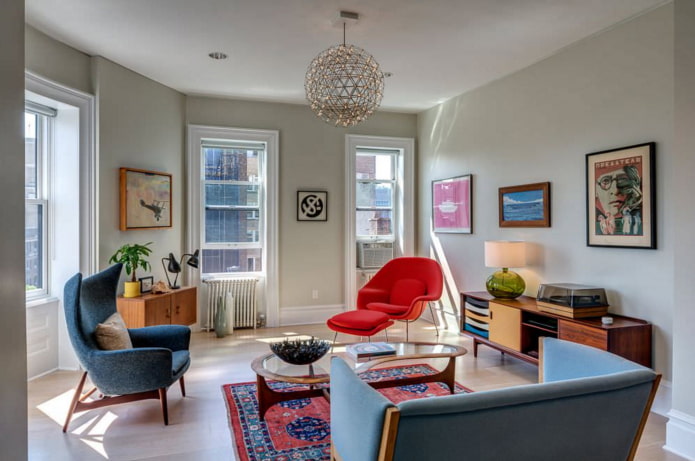
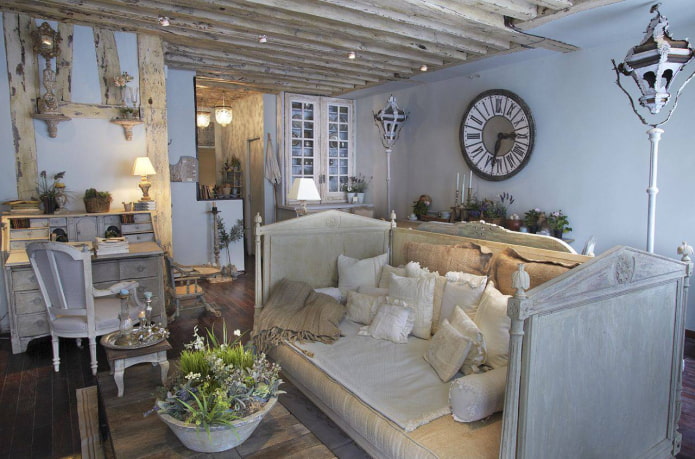
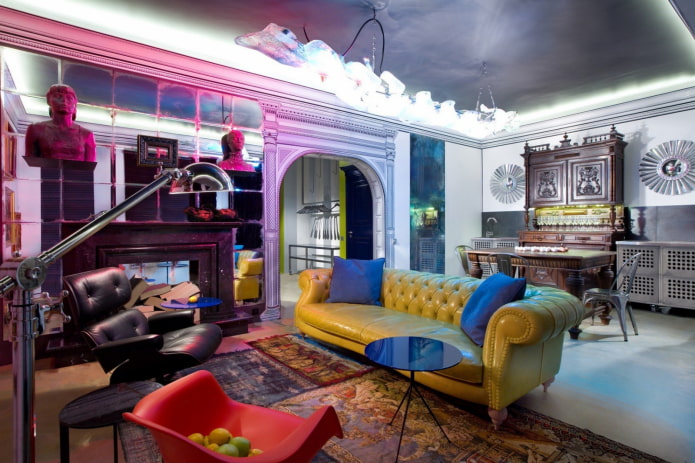
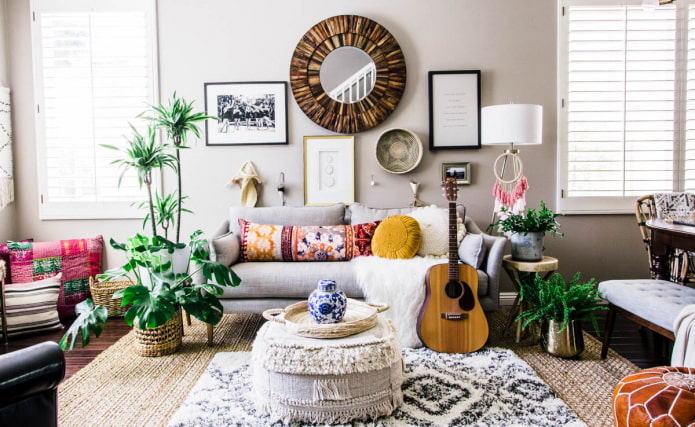
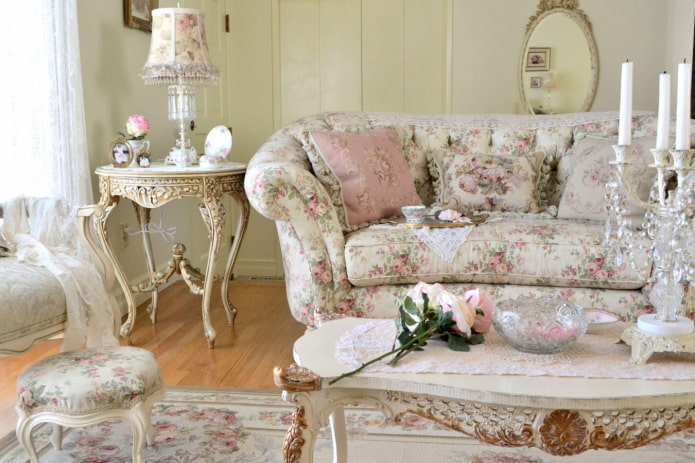
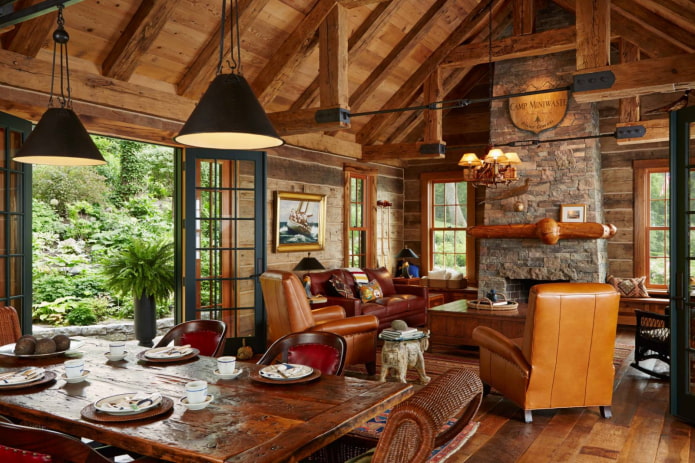
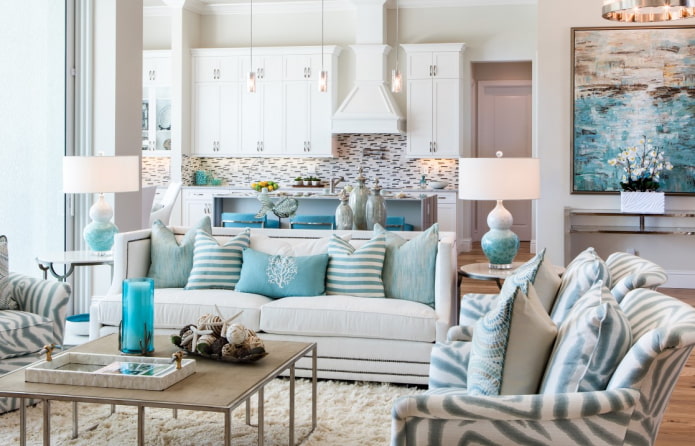
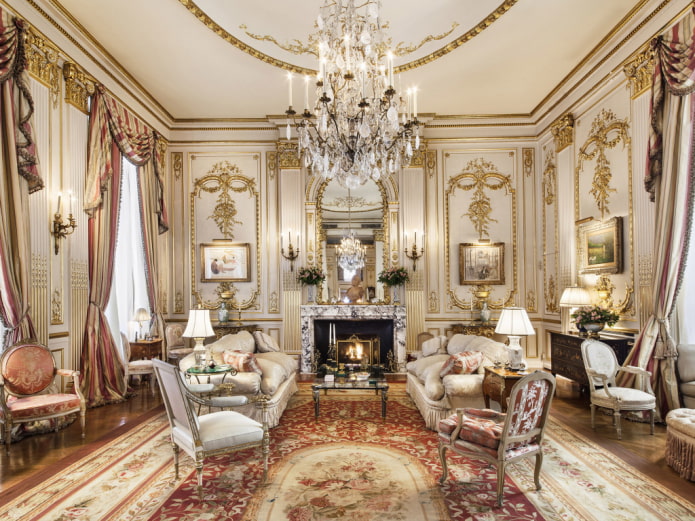
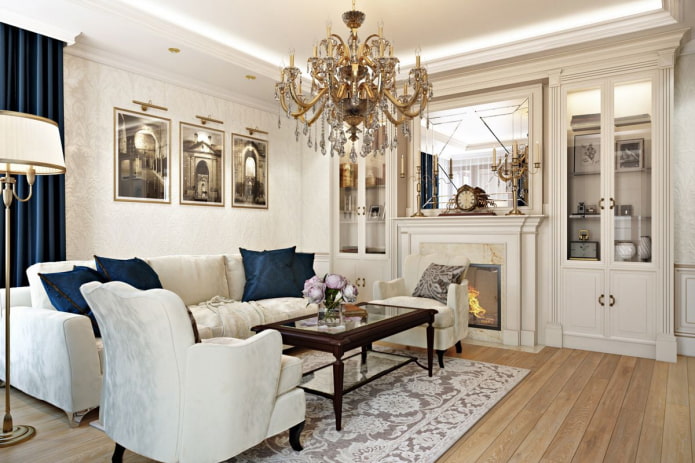

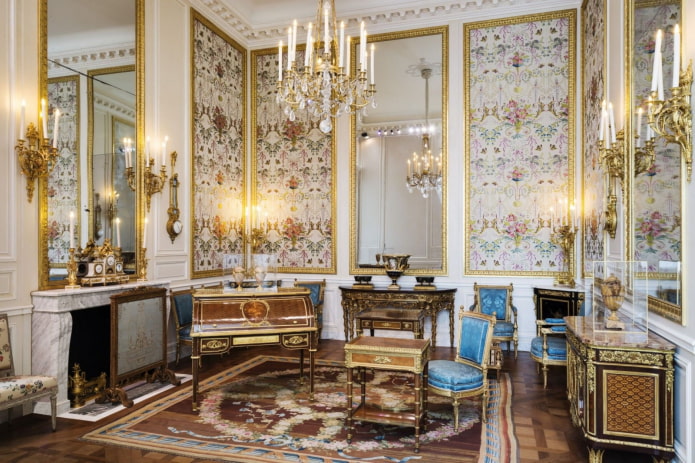
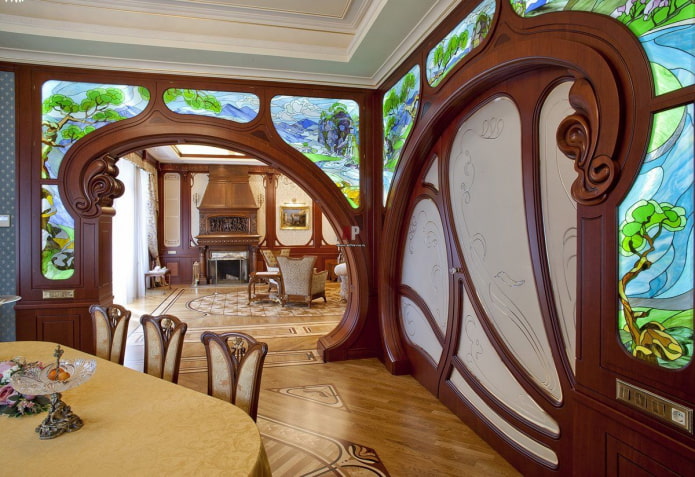
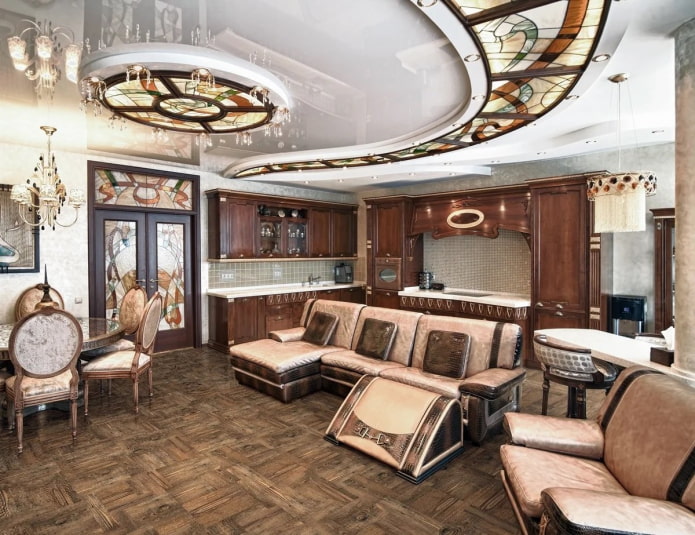

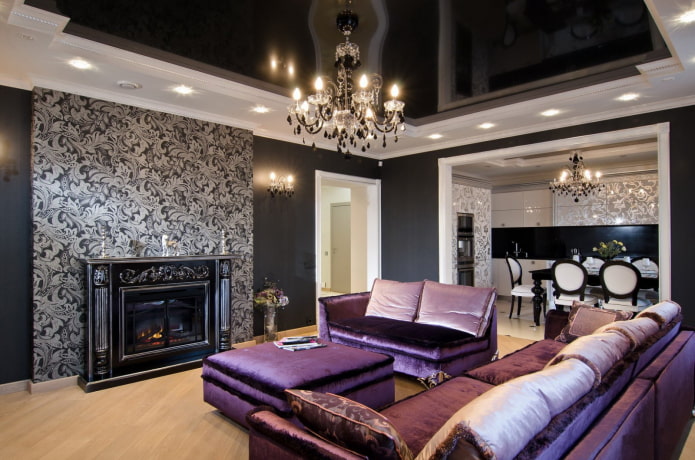

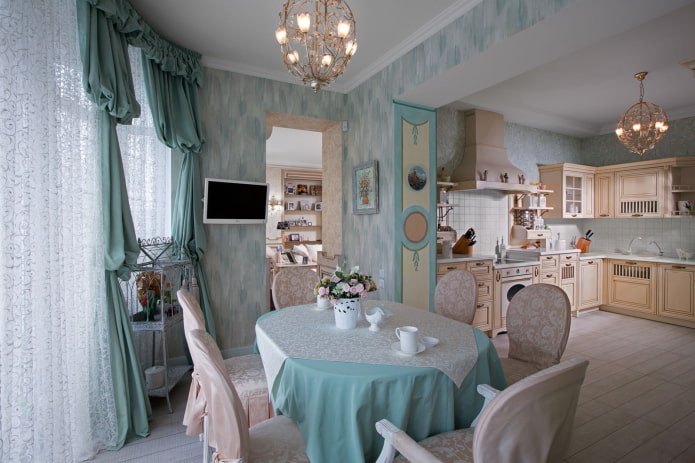
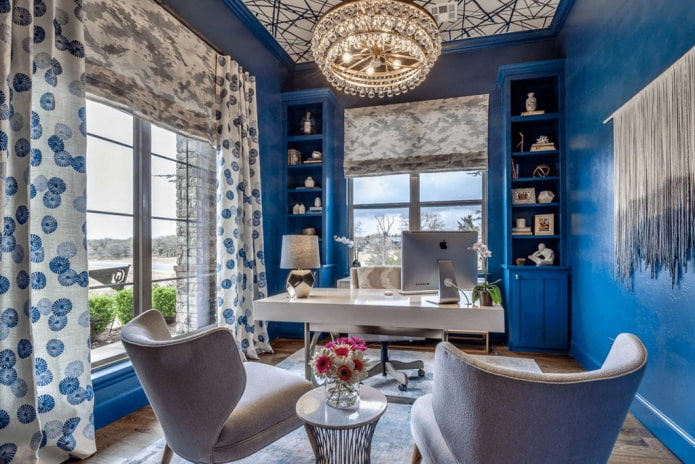

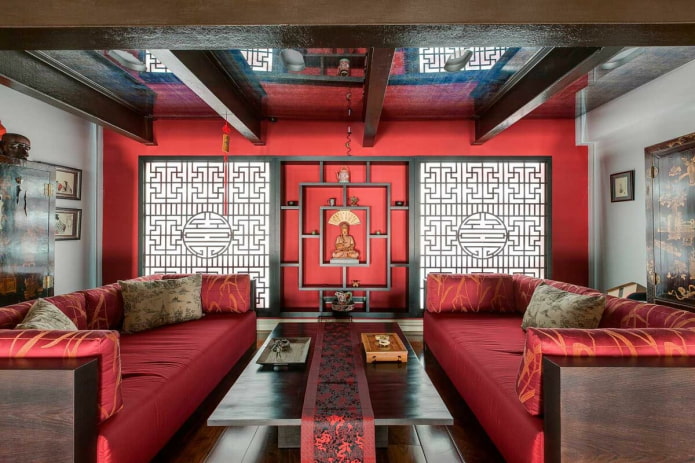

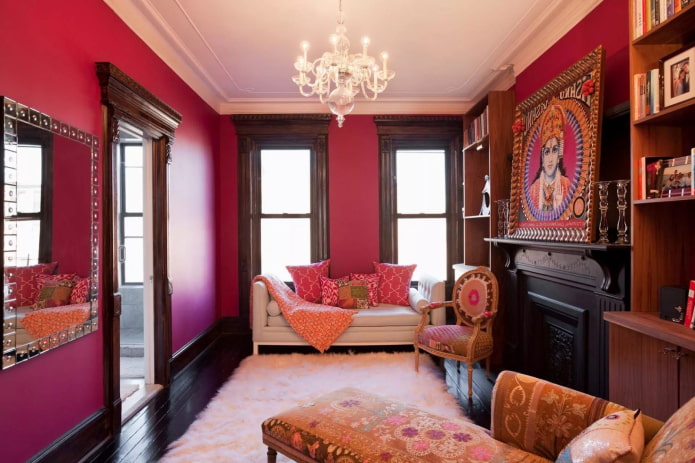
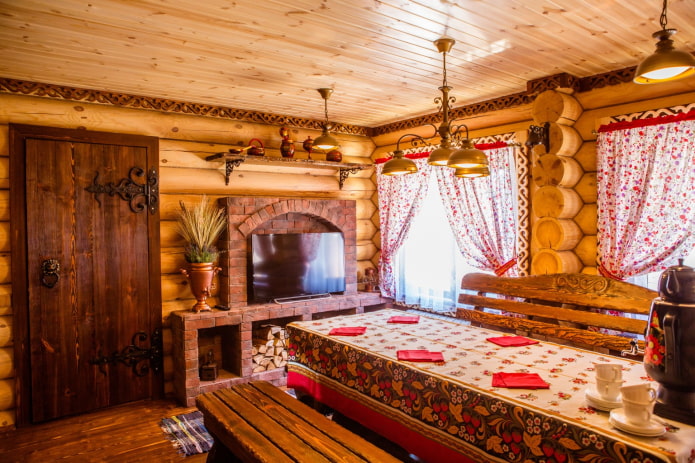

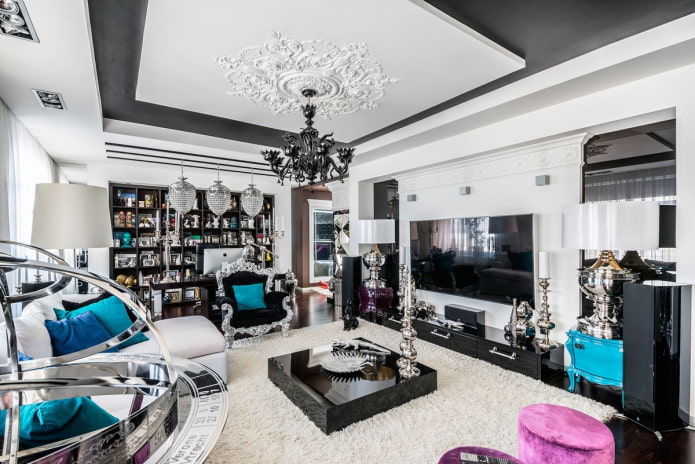

 13 bad habits a good housewife shouldn't have
13 bad habits a good housewife shouldn't have 24/7 home cleanliness - 4 secrets for the perfect housewife
24/7 home cleanliness - 4 secrets for the perfect housewife 6 hotels in Sochi that will give odds to the promoted foreign hotels
6 hotels in Sochi that will give odds to the promoted foreign hotels Top 10 interior design trends 2020
Top 10 interior design trends 2020 Rating of cheap TVs with Smart-TV
Rating of cheap TVs with Smart-TV New Year's LED garlands on AliExpress - we disassemble while it's hot, so that it's bright at home
New Year's LED garlands on AliExpress - we disassemble while it's hot, so that it's bright at home